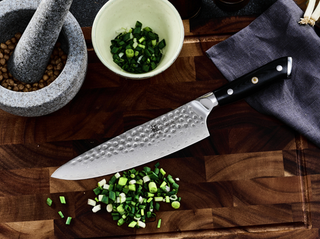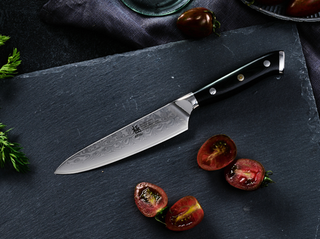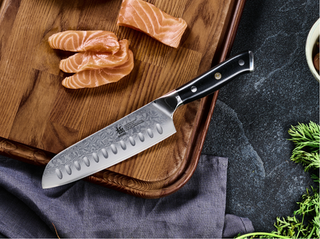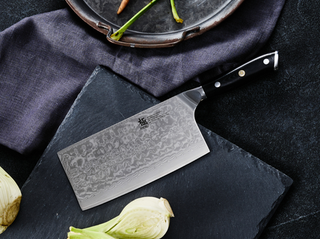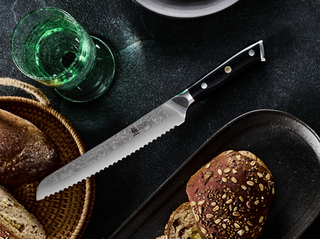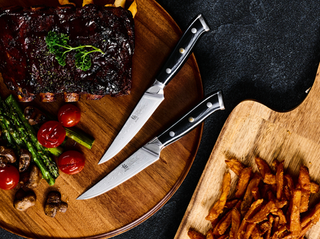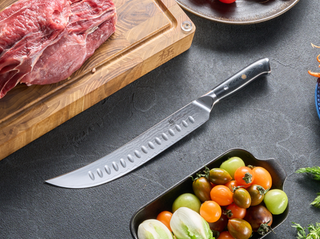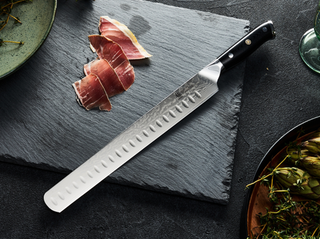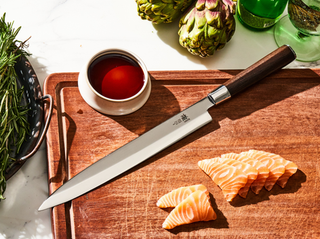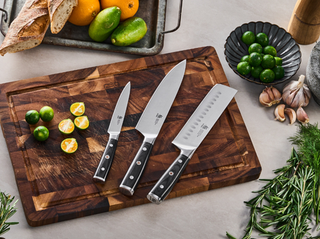There’s something really satisfying eating your favorite fish without worrying about anything pointy stabbing your mouth. That’s what fish fillets are for as you can grill them or fry them with no pins or bones to hinder your meal’s enjoyment. One of the tastiest fish fillets comes from catfish and that’s why we’ll be talking about how to fillet a catfish the right way.

The Preparation Before the Filleting Process
Before you start the filleting process, you need to clean the fish first. This involves removing the guts and everything non-edible so only the meat and bones remain. Yes, this is a messy process but it has to be done to fillet the catfish properly.
Tools Checklist
When learning how to fillet a catfish, you need to make sure that you have the right tools for the job as well. These include:
- Sharp filleting knife like a slicing knife or a Kiritsuke knife
- Cutting board
- Locking-vise grips (optional)
Believe it or not catfish tend to slither out of the hands easily due to their slimy skin. You’ll need a pair of small locking-vise grips to hold it in place by grabbing the fish’s lower lip.
How To Fillet A Catfish?
1. First Fillet Cut:
- Place the catfish on its side on the cutting board.
- Starting just behind the head, make a vertical cut down to the backbone. Do not cut through the backbone.
- Turn the knife horizontally and follow the backbone towards the tail, cutting the fillet away from the ribs.
2. Second Fillet Cut:
- Flip the fish over and repeat the process on the other side, cutting the second fillet away from the backbone and ribs.
3. Remove the Rib Bones:
- Lay each fillet skin-side down on the cutting board.
- Carefully cut the rib bones away from the meat.
4. Remove the Skin (Optional):
- If you haven't removed the skin earlier, place the fillet skin-side down on the cutting board.
- Starting at the tail end, make a small cut between the meat and the skin.
- Hold the skin with one hand and angle the knife to slide between the skin and the meat, separating them.
5. Final Cleaning:
- Trim away any remaining bones or fat.
- Rinse the fillets in cold water and pat them dry.

The Best Knives For Filleting Catfish
To learn how to fillet a catfish, having a quality knife can make a world of difference in the shape and size of the fillet’s cut. You need sharp blades that allow you to make precise cuts for the perfect catfish fillets.
Here are two top picks:
1. 12" SLICING KNIFE | DAIMYO SERIES
If you’re looking for precision with sharpness, you need not look any further than the 12” Slicing Knife from the Daimyo Series. Filleting a catfish is an intricate process. It demands perfect grip and control, which is exactly what you get with this blade.
The handle is made of Rosewood, ergonomically designed to offer the ultimate razor-sharp precision cuts. The Japanese 440C stainless steel ensures that the blade will be by your side, helping you prepare the perfect cuts of fish, meat, fruits, and vegetables.
2. 8.5" KIRITSUKE KNIVES VG10 DAMASCUS STEEL | SHOGUN SERIES
Combining modern technology with traditional Japanese blade aesthetics, the 8.5” Kiritsuke Knife from the Shogun Series is ideal for your catfish filleting endeavours. This blade made from cryogenically treated damascus steel offers exceptionally sharp edges, ideal for making those shallow incisions. Its handle is made of G-10 Fiberglass, which also offers a comfortably strong grip.
Knowing how to fillet a catfish can greatly enhance your culinary experience, allowing you to prepare the perfect dish. Of course, this can only be done with the right techniques and tools, of which the most important is the knife.
With Kyoku, you can rest assured that you’re getting blades that are perfectly designed and crafted for the exact purpose of making precise cuts on all types of catfish.
